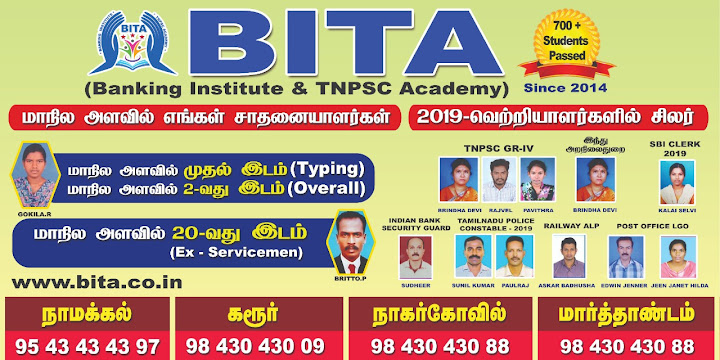Directions
(1-5): Study the following information carefully and answer the
question given below:
Eight students A, B,
C, D, E, F, G and H will have to attend the seminar in the months of
February and March but not necessarily in the same order. In each
month, the seminar will be conduct on dates 9th, 13th, 19th and 25th
of the month. Only one student will attend the seminar on these given
dates. A will attend the seminar on either 19th February or 19th
March. There are exactly two students who will attend the seminar
between the date on which A and H attend the seminar. There is
exactly one student who will attend the seminar between the date on
which H and B attend the seminar. There are two students who will
attend the seminar between the date on which B and G attend the
seminar. There is exactly one student who will attend the seminar
between the date on which G and C attend the seminar. D will not
attend the seminar on either 9th of February or 9th of March. There
are exactly two students who will attend the seminar between the date
on which D and F attend the seminar. E will not attend the seminar on
25th March and F will not attend on 9th March.
Q1.Who among
following will attend the seminar on 13th February?
(a) F
(b) E
(c) A
(d) D
(e) B
Q2. How many
students will attend the seminar between D and G?
(a) One
(b) Two
(c) Three
(d) More than three
(e) None
Q3. Who among
following will attend the seminar on 25th of March ?
(a) E
(b) A
(c) D
(d) B
(e) C
Q4. If E is related
to C and A is related to B, in the same way F is related to?
(a) A
(b) B
(c) C
(d) H
(e) G
Q5. C will attend
the seminar on which of the following dates?
(a) 13th February
(b) 25th February
(c) 19th March
(d) 25th March
(e) None of these
Solution(1-5):
S1. Ans. (b)
Sol.
S2. Ans. (e)
Sol.
S3. Ans. (d)
Sol.
S4. Ans. (d)
Sol.
S5. Ans. (c)
Sol.
Directions (6-10):
In the following questions the symbols @, +, ©, $, ∆ and ? are
used with the following meaning:
P ∆ Q means P is
not equal to Q.
P @ Q means P is
greater than Q.
P + Q means P is
smaller than Q.
P © Q means P is
either greater than or equal to Q.
P $ Q means P is
either smaller than or equal to Q.
P ? Q means P is
equal to Q.
Now in each of the
following questions assuming the given statements to be true, find
which of the two conclusions I and ll given below them is/are
definitely true. Give answer
a)if only conclusion
I is true.
b)if only conclusion
II is true.
c)if either
conclusion l or ll is true. .
d)if neither
conclusion I nor ll is true.
e)if both
conclusions I and ll are true.
Q6.Statements:K ©
M, M ∆ R, R ? T
Conclusions: I. K ©
T II. M ? T
Q7.Statements: B+D,
D@N, N$H
Conclusions: I.H©D
II H©N
Q8.Statements: M©K,
K@P, P$N
Conclusions: I.
M@N II.M?N
Q9. Statements: T$M,
M?Q, Q+R
Conclusions: I.
Q @ T II.Q ? T
Q10. Statements: D
@ B, B$T, T + M
Conclusions: I.M@B
II.T©B
Solution(6-10):
∆---- ≠
@---- >
+ ----
<
© ---- ≥
$ ----- ≤
? ------ =
S6. Ans.(d)
Sol. Statement-K≥M≠R=T
Conclusion- K≥T,
M=T
S7. Ans.(b)
Sol. Statement-
B
Conclusion- H≥D,
H≥N
S8. Ans.(d)
Sol.
Statement-M≥K>P≤N
Conclusion- M>N,
M=N
S9. Ans.(c)
Sol. Statement-
T≤M=Q
Conclusion- Q>T,
Q=T
S10. Ans.(e)
Sol. Statement-D>B≤T
Conclusion- M>B,
T≥B


No comments:
Post a Comment